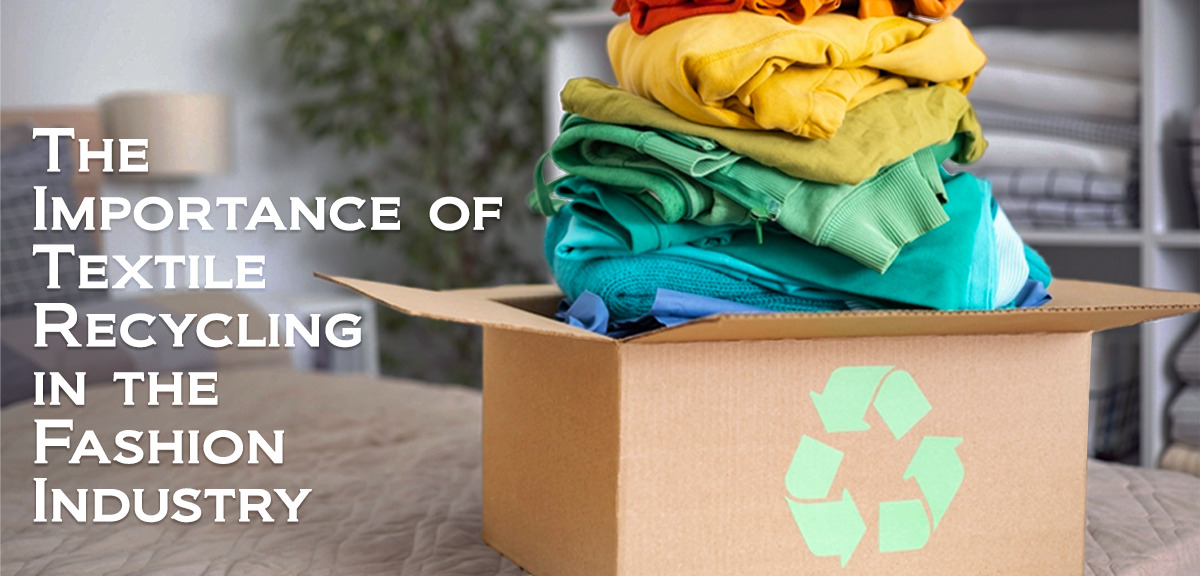Textiles, clothes, and apparel: these three things that are here to last human civilization. The industry created to produce a layer of covering is now covering even more variety of needs. The textile industry has endured a remarkable transformation in recent decades. Innovations in textile garment manufacturing have not only improved fabric production but also our lives in a sustainable way.
In this article, let’s learn about exciting textile innovations and their impact on consumers. This way, you will decide for yourself about the importance of innovative textile manufacturers like Orient Apparel.
How Does Technology Affect the Textile Industry?
If you want to step into the future, investing in technology is the best thing for your textile business. All the renowned brands are already using some of the latest innovations. That’s one reason why they are renowned!
Some of the most prominent technological advancements in the textile industry are as follows;
3D Printing
The design area of textile manufacturing has seen new heights with 3D printing. It opens unlimited doors to creative and customized designs for textile manufacturers with high precision.
One of the major benefits of 3D printing is reducing the amount of waste produced. The manufacturers can make changes to the design as many times as they want without upsetting sample production cost. The unlimited changes also lead towards accurate final product.
Nanotechnology and Nanofibers
Nanotechnology is here to take the textile industry by storm. It involves the application of nano scale materials to enhance the textile properties and to make them water-resistant, stain-repellent, or even antibacterial. Functional textiles like these can produce high-performance garments for various industries, including healthcare, sports, and military sectors through pollution reduction in to the environment.
Virtual Fitting Rooms
Custom garments manufacturers are using virtual fitting rooms to know more about the products consumers like. It helps them shop from the comfort of their homes, saving time and effort. For brands, this helps to save money wasted in creating samples.
Some companies use AI technology in fitting rooms to give personalized recommendations to people. It’s a way forward to learn about design preferences and trends people fall for.
Supply Chain Transparency
Blockchain technology is being used to create transparent supply chain. Manufacturers can trace the journey of a garment from raw material to finished product, ensuring that ethical and sustainable practices are followed at every step.
RFID (Radio-Frequency Identification) tags are another breakthrough in textile garment manufacturing. These tags can track products at any step throughout the supply chain. This way, you can manage inventory and reduce overproduction and wastage.
Innovations to Support Sustainable Fashion
Sustainable textile innovations are paving the way for a better environment where both humans and Mother Earth can thrive.
Washing Technology
Washing is an essential step in garment manufacturing. It sustains the fabric color and deems it ready for use. However, the traditional washing process uses hazardous chemicals that ultimately pollute water bodies. The new technology focused method, uses Chitosan substance. It fixes the fabric color and skips all the usual toxic steps. Many of industries also uses dry washing through laser light with zero chemical spray & no water usage.
Eco-Friendly Fabrics
In response to the growing concern about environmental sustainability, textile manufacturers have been exploring eco-friendly alternatives for fabrics that includes fabrics made from organic cotton, better cotton BCI, cotton made in Africa, bamboo, hemp, and recycled materials.
Dyeing Techniques
Traditional dyeing process requires an excessive amount of water and dyes, resulting in severe water contamination. Digital printing processes, in contrast, provides accurate color application with the less use of water & dyes. It also enables on-demand production, eliminating excess inventory and waste. Moreover, the use of plant-based dyes is getting recognition, providing natural alternatives to hazardous synthetic dyes
Smart Fabrics
One of the most significant leaps in textile manufacturing is the advent of smart textiles. These fabrics are embedded with sensors that can interact with the wearer and the environment.
Smart textiles have given birth to a range of innovative products like fitness trackers and smartwatches integrated into clothing. These fabrics may also monitor vital signs, offering new possibilities in healthcare. This integration of sensors directly into textiles helps wearers be informed about their health and the environment.
Orient Apparel – The Future-Focused Textile Brand
When everything is becoming smart these days, why keep your garments behind?
Textile and garment manufacturing is now utilizing efficient technology in its processes. Innovations like nanotechnology, CAD software, 3D printing, and many others are the way to a sustainable future.
When things like fast fashion and low-quality clothing have become common, Orient Apparel is staying true to earth by working on sustainable production throughout its supply chain. We utilize sustainable textile innovations to produce garments that are not only better for humans but also for the environment. Let’s grow together and welcome a better, greener future!
Frequently Asked Questions
What are the advantages of technical textiles?
Technical textiles are high-performance compared to traditional fabrics. They have functional properties rather than aesthetic appeal. Technical textiles are ideal for work wear because of their better durability and insulation.
What do technological advances in the textile industry mean?
Technological advances in the textile industry involve the use of machines and computer-aided technology to aid sustainable textile garment manufacturing. From weaving to designing and finishing to printing, the new tools make every process more efficient and sustainability-focused.
How is nanotechnology used in textiles?
One of the modern innovations in the textile industry is the use of nanomaterials. They show better tensile strength, stain repellence, and electrical conductivity. These materials can be further used to create connected garments that can respond to external signals.



